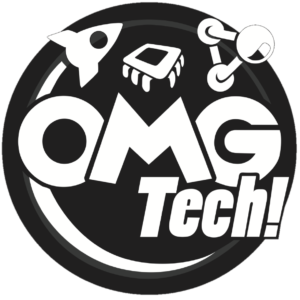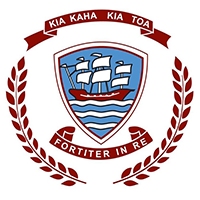FUTURE OF LEARNING
SHOWCASE OF FUTURES-LED THINKING IN EDUCATION
Case Studies (English)
Being Resilient is a paper created by Derek Wenmoth of Futuremakers.
Hybrid learning is a method of learning delivery that provides continuous, quality learning whether or not the learners are physically present in a classroom together. Combining elements of face-to-face and online learning, hybrid learning keeps a strong focus on relationships while allowing ākonga (students) to access curriculum content at the same standard of quality whether they are onsite at school, learning from home, or participating in education outside the classroom (EOTC). In a successful hybrid learning programme, ākonga are able to transition easily between locations without their learning being interrupted. This flexibility is becoming increasingly important for schools: as Derek Wenmoth explains in his 2022 Being Resilient report, we are living in a world where disruptions to face-to-face learning, whether these are caused by weather events or epidemics, are becoming more frequent. This means that schools need to “re-think how we ‘do school’ in the 21st Century” and create an adaptable system that can deliver consistent learning outcomes whether or not ākonga are on-site. Many schools are currently doing just that, using technology and pedagogy in innovative ways to connect ākonga and their whānau (family) to schools and to deliver quality learning both remotely and on-site.
Of course, there is more to hybrid learning than digital technologies. Hybrid learning is defined not by the systems it uses but by its outcome: a continuous programme that can be accessed live or remotely. Hybrid learning can be set up very differently from school to school. It can be synchronous or asynchronous, face-to-face or remote. It can feature uni-directional or multi-directional communication, with varying degrees of ākonga participation. It can use a variety of learning platforms, from computers or tablets to radio or paper. No matter how it is set up or which technologies it uses, a strong hybrid learning practice is based on robust and accessible learning architecture, creates a culture of self-motivation and leadership of learning which will be referred to here as learner agency, and supports the wellbeing of not only the ākonga but also their whānau and kaiako (teachers).
The linked analyses of these three themes demonstrate how five very different schools in Tāmaki Makaurau implement hybrid learning in completely different ways. It's worth noting that in all of the following case studies, strong relationships between schools, ākonga, whānau, and in some cases, the wider community underpin the practice of hybrid learning. These connections allow hybrid learning to function at its best and, in turn, are strengthened by sustained hybrid learning practice. Hybrid learning enables schools to become more resilient as we move into the future. Each of these schools uses hybrid learning in its own way to bring its ākonga and kaimahi (staff) confidently and innovatively into the future.
Case Studies
These three themes came through strongly in all the case studies









